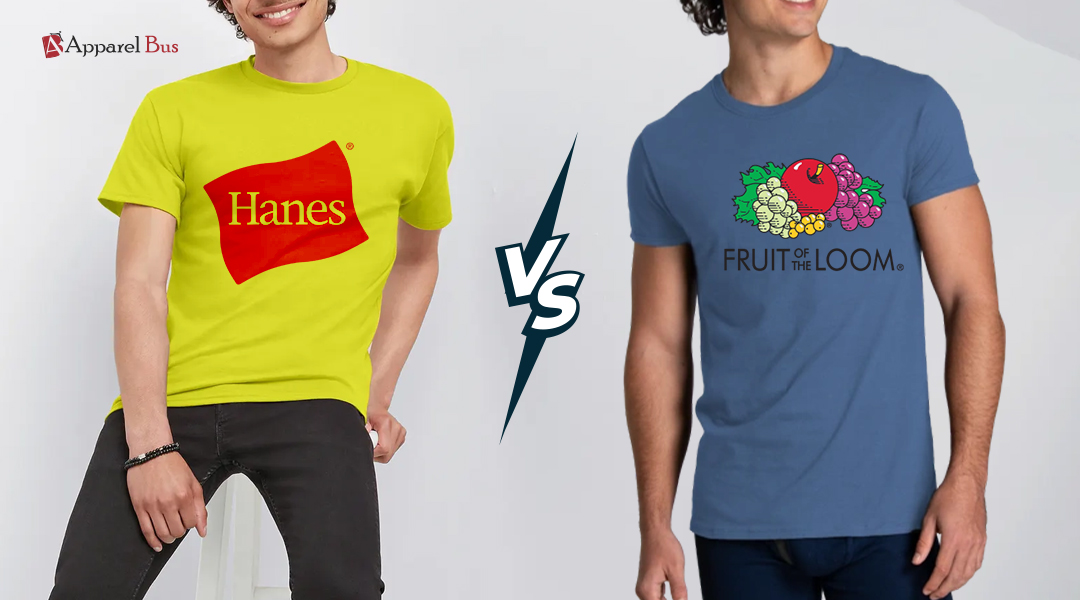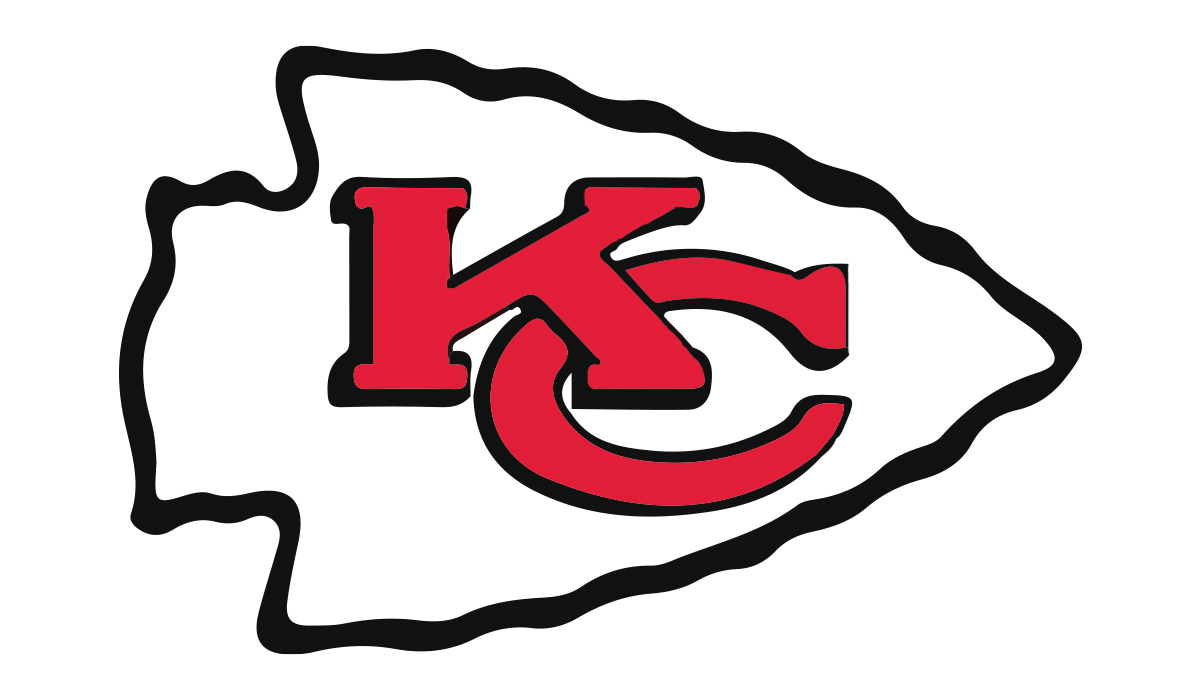Hanes vs Fruit of the Loom: Who Comes Out on Top?
Hanes and Fruit of the Loom are two well-known brands that have established a reputation for providing comfortable, durable, and affordable basics, such as underwear, t-shirts, hoodies, and more. Choosing between them can make a difference in how your clothes feel, last, and fit your budget.
This blog will explore their histories, fabric quality, comfort levels, pricing, durability, and sustainability efforts, giving you a clear picture of what each brand offers. By the end, you’ll have what you need to decide which brand suits your needs best.
Brand Histories and Backgrounds
Hanes
Hanes was founded in 1901 by John Wesley Hanes in Winston-Salem, North Carolina. Originally named Shamrock Hosiery Mills, the company started by producing infants' and men's socks. John Wesley Hanes, who previously had experience in the tobacco business with his brother Pleasant Henderson Hanes, shifted focus to knitwear with a goal to provide comfortable, high-quality products.
The company was renamed Hanes Hosiery Mills in 1914 and became known worldwide for its durable hosiery and apparel. Over time, Hanes expanded its offerings to a wide range of apparel, emphasizing comfort innovations such as tagless styles and advancing sustainability efforts with recycled and organic materials. The brand has grown through mergers and corporate evolution, becoming a leader in apparel focused on both quality and eco-conscious manufacturing.
Fruit of the Loom
Fruit of the Loom was founded in 1851 by two brothers, Benjamin and Robert Knight, in Warwick, Rhode Island. Originally operating as the B.B. and R. Knight Corporation, they started by producing high-quality cotton cloth and textiles in their first mill. Five years later, in 1856, the company adopted the "Fruit of the Loom" brand name, inspired by paintings of fruit done by the daughter of one of Robert Knight's customers, which became popular as labels on their cloth. The brand was officially trademarked in 1871 with trademark number 418, making it one of the oldest trademarks globally, predating even the light bulb and Coca-Cola.
Over the years, Fruit of the Loom grew from a textile mill into a leading apparel brand widely recognized for affordability, durability, and vibrant color options. It is known for producing reliable, comfortable basics such as underwear and t-shirts that have earned consumer trust for more than 160 years. Today, Fruit of the Loom continues to be a major player in the apparel market, offering quality products with a rich heritage rooted in textile manufacturing.
Hanes vs. Fruit of the Loom: Full Comparison Breakdown
| Category | Hanes | Fruit of the Loom |
| Fabric Quality | Premium materials (ComfortSoft, Beefy-T), thick, soft, durable | Lighter cotton/polyester blends are breathable and comfortable |
| Fit Style | Relaxed fit, easy for many body types | Fitted, athletic cut, tailored look |
| Softness | Very soft, ideal for everyday comfort | Less soft, focuses more on durability |
| Shrinkage Resistance | May shrink slightly after first washes | Better shrink resistance from polyester blends |
| Color Retention | Colors stay nice but may fade over time | Colors remain bright longer, good for bold prints |
| Moisture-Wicking | Limited to performance/activewear lines | More moisture-wicking options, especially activewear |
| Pricing | Slightly more expensive, premium finishes | More affordable, great for bulk buying |
| Custom Printing Quality | Excellent for high-end printing, smooth fabric gives crisp results | Budget-friendly printing, ideal for events or promos |
| Style & Color Options | Focus on classic and neutral colors (black, white, navy, grey) | Wider range of colors and prints |
| Sustainability Efforts | Strong focus, clear goals (e.g., zero waste by 2025) | Making progress, but less publicized |
| Eco-Friendly Materials | Uses organic cotton and recycled polyester | 92% cotton from sustainable sources, adding recycled fibers |
| Renewable Energy | 60% renewable electricity, goal 100% by 2030 | Some renewable energy use, no full adoption commitment |
1. Fabric Quality
- Hanes uses premium materials in product lines like ComfortSoft and Beefy-T. These are known for being thick, soft, and made to last, perfect if you want something that feels a little more luxurious.
- Fruit of the Loom tends to use lighter fabric blends, especially cotton mixed with polyester. This makes the clothing more breathable and comfortable in warm weather or during physical activity.
2. Fit Style
- Hanes offers a relaxed fit, which means it doesn’t cling to your body. It’s easy to wear and comfortable for a range of body types.
- Fruit of the Loom has a more fitted, athletic cut. This is great if you want a neater, more tailored look that moves with your body.
3. Softness
- Hanes is widely known for soft fabrics. If you’re buying underwear or tees that you’ll wear all day, Hanes is a top choice for comfort.
- Fruit of the Loom is less soft, but still decent. It’s better known for durability than for luxury softness.
4. Shrinkage Resistance
- Hanes shirts made of mostly cotton may shrink a little after the first few washes.
- Fruit of the Loom is better at avoiding shrinkage because of the polyester blends.
5. Color Retention
- Hanes colors stay nice, but may fade slightly over time with repeated washing.
- Fruit of the Loom keeps colors bright for longer, making it a good pick for bold prints or vibrant uniforms.
6. Moisture-Wicking
- Hanes offers some moisture-wicking options (mostly in its performance or activewear lines), but it’s not across all products.
- Fruit of the Loom has more moisture-wicking garments available, especially in its activewear collections, which are great for workouts or outdoor use.
7. Pricing
- Hanes is a bit more expensive because of its premium fabric and better finishes.
- Fruit of the Loom is more affordable, great for people shopping on a budget or those buying large quantities for events, schools, or companies.
8. Custom Printing Quality
- Hanes is excellent for high-end printing jobs. The smooth fabric makes it easier for screen printing, heat transfers, or DTG (direct-to-garment) to come out crisp and long-lasting.
- Fruit of the Loom is perfect for budget-friendly printing, especially if you need a lot of shirts for a one-time event, giveaway, or promotional need.
9. Style and Color Options
- Hanes focuses more on classic and neutral colors like black, white, navy, and grey, the basics that work for everyone.
- Fruit of the Loom offers a wider range of colors and prints, making it a better option if you're looking for more style choices or colorful uniforms.
10. Overall Sustainability Efforts
- Hanes has made major investments in sustainability. It has clear goals (like zero waste by 2025) and is reducing its environmental impact in several ways.
- Fruit of the Loom is also working on sustainability, but not promoting it as heavily. It has made real progress, just with a lower profile.
11. Eco-Friendly Materials
- Hanes uses organic cotton and recycled polyester, which reduces environmental harm and water use.
- Fruit of the Loom gets 92% of its cotton from sustainable sources and is adding more recycled fibers into its products.
12. Renewable Energy Usage
- Hanes uses 60% renewable electricity and has a goal to reach 100% by 2030.
- Fruit of the Loom uses renewable energy in some of its facilities, but hasn’t committed to full adoption yet.
Conclusion
It all depends on what is most important to you as a consumer when deciding between Hanes and Fruit of the Loom. Hanes is a perfect choice with its high-quality softness, durability, and deep focus on sustainability, which is why it is a great choice in case you need comfort, long-term usability, and sustainability.
Fruit of the Loom, on the other hand, is affordable, more durable, and available in a greater range of colors and designs, ideal for budget-conscious buyers, bulk purchases, or those looking for versatile activewear options.
Keep in mind your needs, personal likes, and budget to make a choice. Both brands are reputable and can provide quality regardless of your preference between a premium feel and affordability.







Leave us a comment